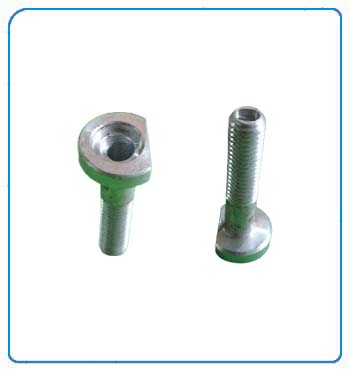Pressure Bolt

A pressure bolt, also known as a tension bolt or tensioning bolt, is a type of fastener used in mechanical systems to apply and maintain tension or pressure between components. Here's a detailed description of a pressure bolt:
Construction and Design:
- Threaded Design: Pressure bolts typically feature a threaded shaft that allows for easy adjustment of tension by rotating the bolt.
- Head Design: The bolt may have a variety of head designs, including hexagonal, square, or round heads, depending on the specific application requirements.
Applications
- Structural Engineering: Pressure bolts are used in structural engineering applications to apply tension or compression to structural components such as beams, columns, and trusses.
- Machinery and Equipment: They are utilized in machinery and equipment assembly to secure moving parts, bearings, and other components while maintaining proper alignment and tension.
- Automotive Industry: Pressure bolts are employed in automotive applications for securing engine components, suspension systems, and chassis elements.
- Construction: In construction projects, pressure bolts are used to connect and tension cables, wires, and anchor systems in concrete structures and bridges.
A Pressure Bolt is a versatile fastener used in various mechanical systems to apply and maintain tension or compression between components, providing stability, alignment, and structural integrity in a wide range of applications.